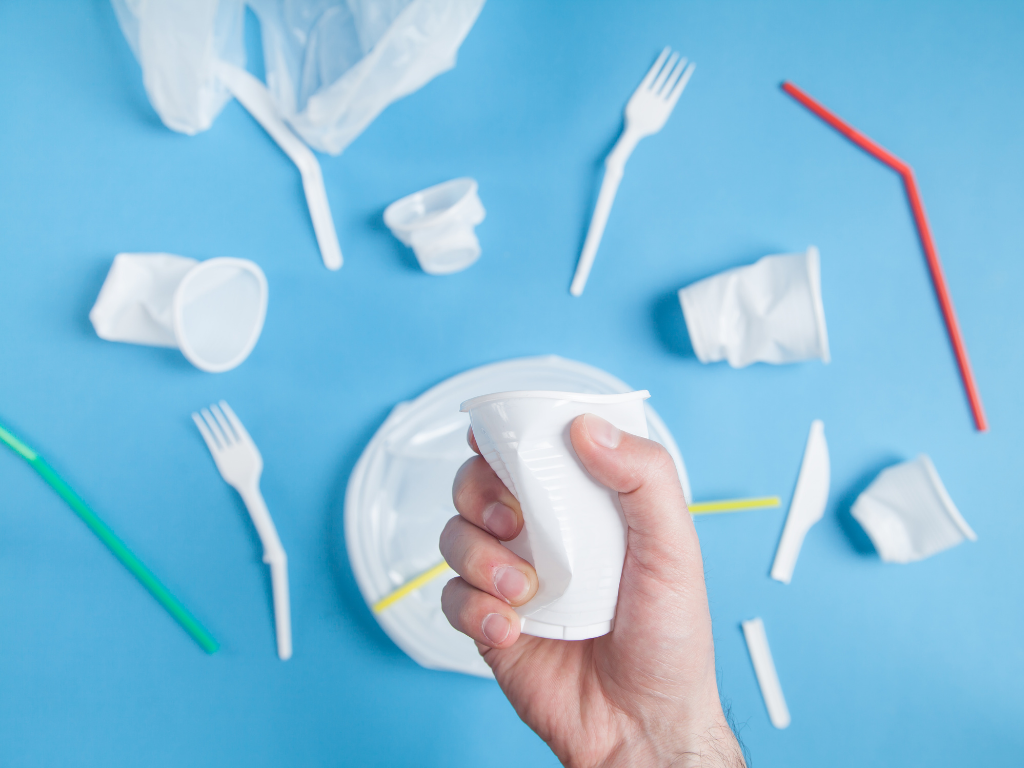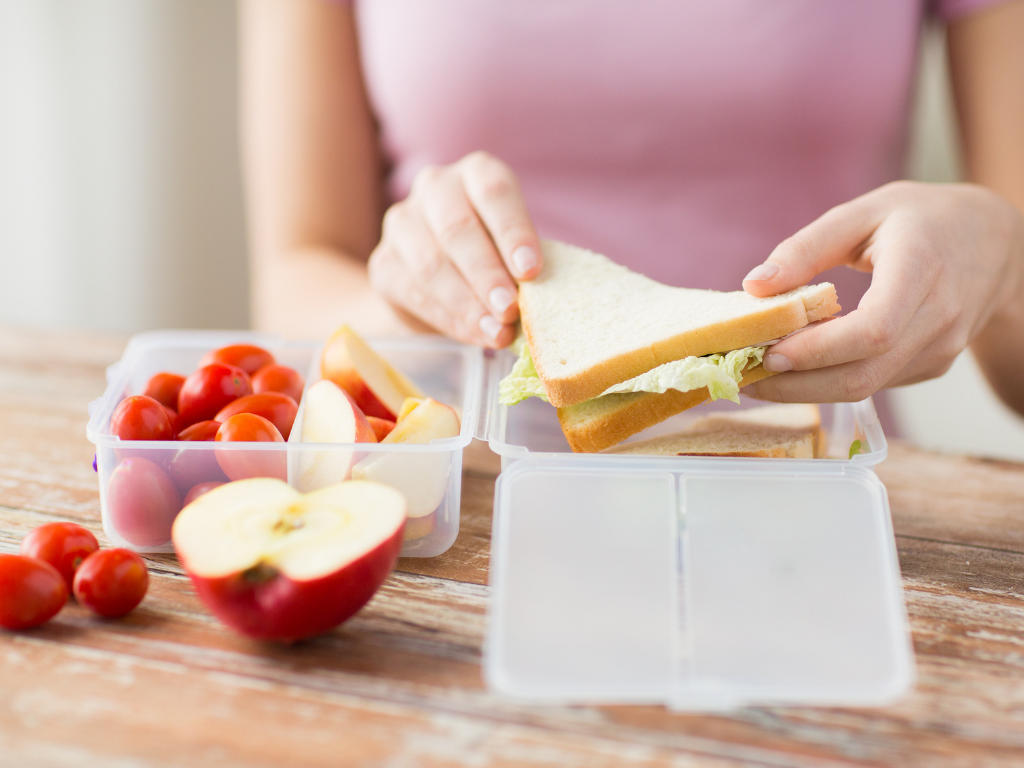Is Plastic worsening your Endo?
You never would have thought about it before you had Endo, because plastic is in almost everything in our modern daily lifestyle. But since you have been diagnosed with Endo and been told that plastic could affect your hormones, you tremble at the sight of the 3 letters “BPA”. Have you walked past the aisle of storage containers wondering if it’s time for a switch? Well, I’m sure you wouldn’t have stopped at storage containers, you’d start to notice all the plastic packaging we have in our pantry and refrigerator. Could all of this be adding up to a risk or worsening your endometriosis? Yet, the real question is, is it bad for YOU, the endo-warrior?
Now, I understand that everyone’s lifestyle is a personal choice, and it is how we educate ourselves with the RIGHT information that helps us make individual lifestyle choices. Here are some facts I’d like to share to help you think beyond nutrition for endometriosis.
According to the Endometriosis Association, environmental toxins (like BPA and dioxins) increase the risk of onset or progression of endometriosis by promoting inflammation and/or oxidative stress in the body. Hence, they are also known as hormone disruptors.
BPA (Bisphenol A)
More than 90% of human exposure to BPA is through our diet. There is so much plastic being used post-industrialisation. BPA is present in polycarbonate plastics and lining in metal products (e.g. canned foods and bottle caps/lids). It can leach into food, especially when exposed to heat. How quickly this occurs depends on the temperature of the food/drink, storage duration, etc. But it’s more than the BPA sources we see in front of us – BPA can also contaminate foods during the manufacturing process (e.g. PVC tubes in milk production). However, it is unclear what amount of exposure can cause harm to our health. But we can do our part in trying to reduce it as best as we can.
So should you switch to BPA-free plastics?
I don’t think that is the winning solution to not use BPA products. To create a BPA-free product, other chemicals are often used as replacements (BPF, BPS, BPAF, etc.). Recent studies have discussed that these alternatives may be equally or more harmful than BPA! A study on mice experimented with various doses of BPAF in comparison to BPA, and found that BPAF arrested menstrual cycle and possibly promoted lesion growth and disease progression in mice. How exactly these BPA alternatives disrupt our hormonal balance is unclear but we do know that endometriosis is oestrogen-driven. Hence opting for BPA-free plastic containers may not be the best move.
Not just you!
BPA can affect fertility of both you and your partner. In men, increased BPA exposure can decrease sperm concentration, mobility, semen quality, while increasing concentration of immature sperms and making sperms more prone to DNA damage. On the bright side, our body does try to flush out a proportion of BPA via our urine.
Tips to minimise BPA exposure
A study found that urinary BPA concentration decreased by 66% when participants followed a “fresh food” diet for 3 days. The diet eliminated canned foods and plastic food packaging and focused on fresh whole foods such as fruits, vegetables, grains, and meat.
Here are some simple strategies:
Reduce the use of canned and plastic-packaged food (swap to bottled/jarred products)
E.g. Tomato sauces, peanut butter
Store cooked food in a glass, porcelain, or stainless-steel containers
Minimise use of PVC film (Gladwrap/ cling film) to cover foods
Avoid microwaving plastic food containers
Use glass or porcelain travel mugs for your coffee/hot beverages
Some things like weekend take-outs are integrated in our lifestyle and you can rarely get them in non-plastic containers. Environmental toxins, including BPA are everywhere around us. It is not physically possible to eliminate exposure but we can make small swaps to minimise risks on our hormonal balance.
If you or someone you love has Endo, you could be overloaded with millions of information of what to do, what not to do… and sometimes, or should I say most of the time, generic information may not be suited to you and your endo journey, so working closely with a dietitian like myself will help you tremendously in trying to grapple with all the things you need to think about. Click on the Apply Now button below to work with me, I’d love to journey with you through managing your Endo.





